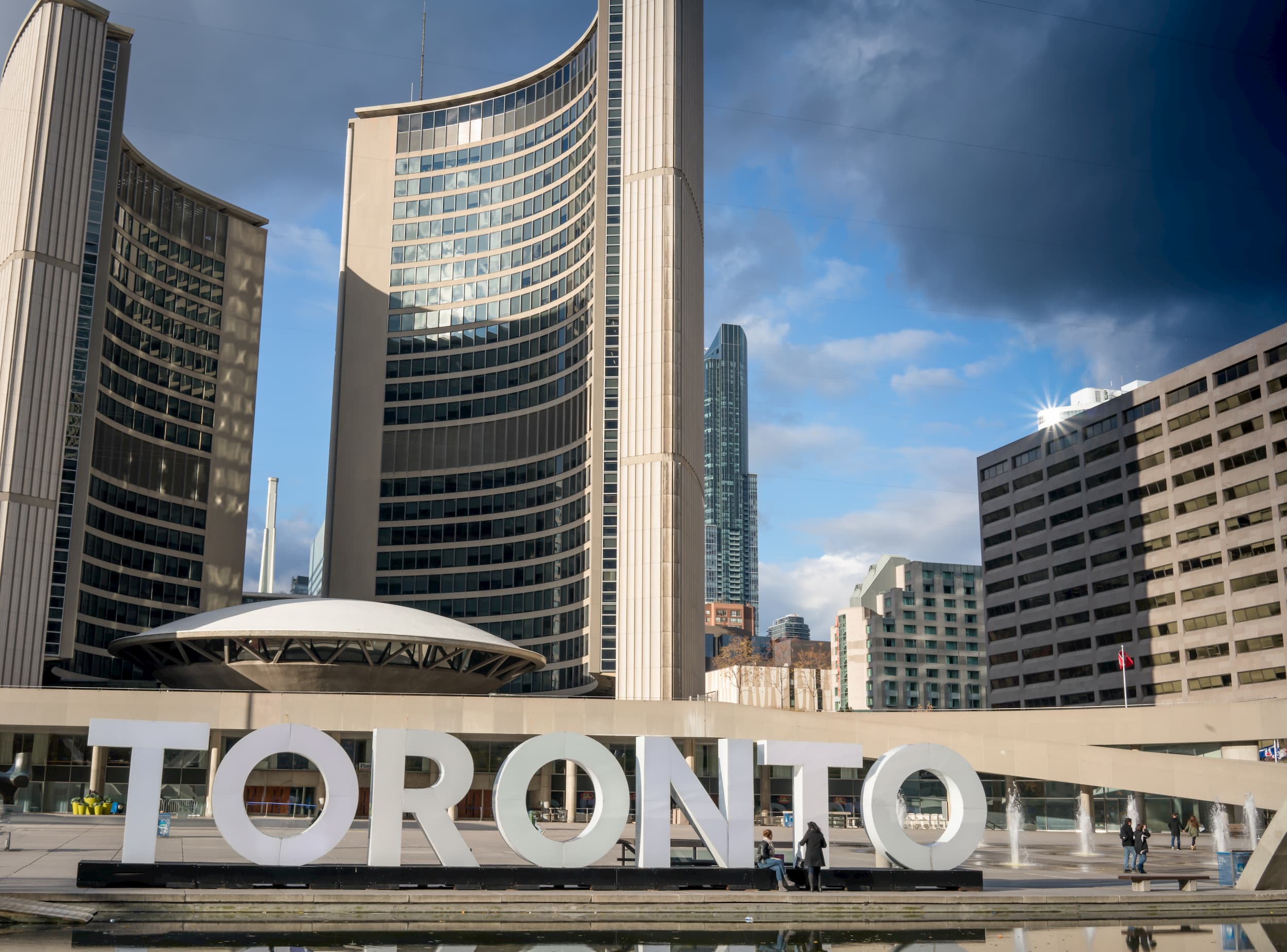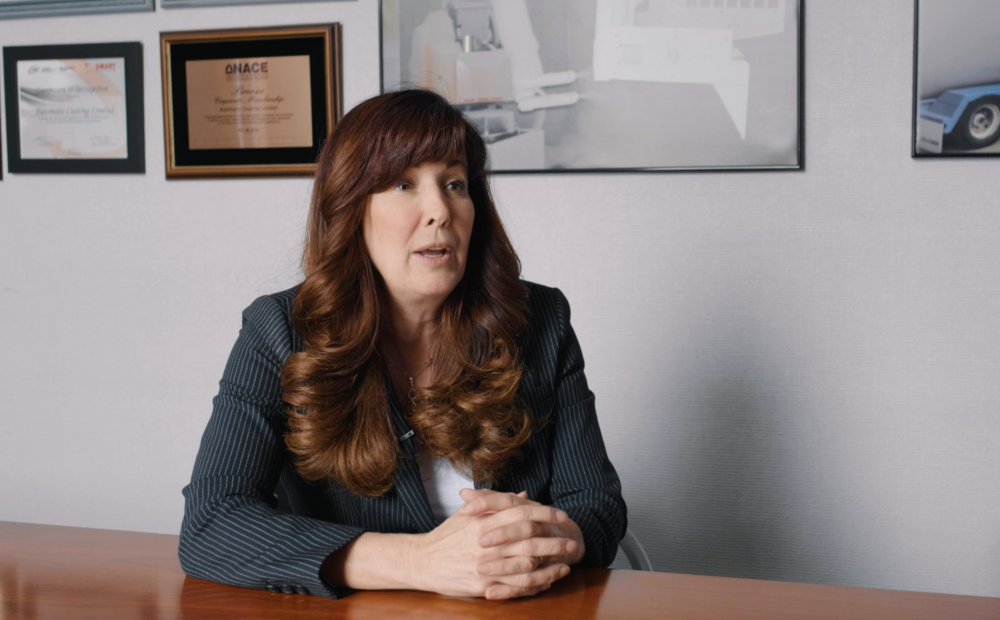
SUN NEWS COLUMN: Five ideas to kick-start our economy after COVID-19
What can governments do to spur economic growth without spending money? Lots. Here are five examples:

What can governments do to spur economic growth without spending money? Lots. Here are five examples:

Coming out of the COVID-19 pandemic, it will be important to pay attention to city hall and how it responds to the recession – municipalities are uniquely positioned to hurt or help our nation’s economic recovery. Taxpayers should also be aware that despite what some city councillors and mayors insist, cities have more financial flexibility than they let on.

Across Canada many great examples are emerging of governments helping people deal with the COVID-19 pandemic by – wait for it – getting out of the way.

To be clear, I’m not a doctor. But it doesn’t take a brain surgeon to see this virus is quite contagious. Our economy can’t sit on the sidelines for long, but in the short term, Canadians should listen to social distancing directives, especially around at-risk people.

We have seen many news stories in the past few years about major oil, gas, and mining projects being cancelled in our country. SecondStreet.org recently tallied up the total for those projects and it’s a staggering number…

The last time the federal Conservative party selected a new leader, three years ago, Canada’s small but powerful dairy cartel influenced the outcome by throwing its weight behind Andrew Scheer, who narrowly defeated the second place candidate, Maxime Bernier.

37 NHL-sized arenas. That’s what the proposed Teck mine in Alberta is roughly equal to in terms of cost. It’s an absolutely enormous project for

Should you be allowed to use your own money to try to improve your health?
A quarter century ago, it was a controversial decision for the Alberta government to say “yes” to that question when it came to allowing private MRI scans.

SecondStreet.org compared milk prices in 15 U.S. cities and 15 Canadian cities … the results might surprise you.

As Canadians grapple with the result of the federal election and the naming of the new cabinet, when it comes to natural resource policy, it’s important to separate whimsical wishes from reality.

In 1898, government bureaucrats gathered at the first urban planning conference in New York to discuss a very serious problem – the “Great Horse Manure Crisis.”

While global demand for oil continues to increase, what’s the upside for Canada to keep it in the ground?
If Canadians lived healthier lives, we could reduce demand for emergency services, orthopaedic surgeries, primary care and more.
For instance, if you visit the Canadian Cancer Society’s website, you’ll read that “about four in ten” cancer cases are preventable. The Heart and Stroke Foundation notes that “almost 80 percent of premature heart disease and stroke can be prevented through healthy behaviours.” A similar number of Diabetes cases are also preventable.
Many joint replacements and visits to ERs and walk-in clinics could also be avoided through healthy living.
To be sure, not all health problems can be avoided through healthy living – everyday the system treats Canadians with genetic conditions, helps those injured in unavoidable accidents and more.
But there is an opportunity to reduce pressure on the health care system through Canadians shifting to healthier lifestyles – better diets, more exercise, etc.
To learn more, watch our Health Reform Now documentary (scroll up) or see this column.
European countries will partner with anyone who can help patients.
It doesn’t matter if it’s a non-profit, a government entity or a private clinic. What matters is that patients receive quality treatment, in a timely manner and for a competitive price.
In Canada, governments often delivery services using government-run hospitals instead of seeing if non-profit or private clinics could deliver the services more effectively.
When governments have partnered with non-profit and private clinics, the results have often been quite good – Saskatchewan, Ontario and British Columbia are just a few examples of where partnerships have worked well.
Canada should pursue more of these partnerships to reduce wait times and increase the volume of services provided to patients.
To learn more, watch our Health Reform Now documentary (scroll up) or see the links above.
In Canada, citizens pay high taxes each year and we’re promised universal health care services in return. The problem is, wait times are often extremely long in our health system – sometimes patients have to wait years to see a specialist or receive surgery.
If patients don’t want to wait long periods, they often have to reach into their own pocket and pay for treatment outside the province or country.
Throughout the European Union, we also find universal health care systems. But a key difference is that EU patients have the right to go to other EU countries, pay for surgery and then be reimbursed by their home government. Reimbursements cover up to what the patient’s home government would have spent to provide the treatment locally.
If Canada copied this approach, a patient waiting a year to get their hip operation could instead receive treatment next week in one of thousands of surgical clinics throughout the developed world.
Governments benefit too as the patient is now back on their feet and avoiding complications that sometimes come with long wait times – meaning the government doesn’t have to treat those complications on top of the initial health problem.
To learn more, watch our Health Reform Now documentary (scroll up) or this shorter video.
Canada is the only country in the world that puts up barriers, or outright bans patients from paying for health services locally.
For instance, a patient in Toronto cannot pay for a hip operation at a private clinic in Toronto. Their only option is to wait for the government to eventually provide treatment or leave the province and pay elsewhere.
Countries with better-performing universal health care systems do not have such bans. They allow patients a choice – use the public system or pay privately for treatment. Sweden, France, Australia and more – they all allow choice.
Why? One reason is that allowing choice means some patients will decide to pay privately. This takes pressure off the public system. For instance, in Sweden, 87% of patients use the public system, but 13% purchase private health insurance.
Ultimately, more choice improves access for patients.
To learn more, watch our Health Reform Now documentary (scroll up) or watch this short clip on this topic.
In Canada, most hospitals receive a cheque from the government each year and are then asked to do their best to help patients. This approach is known as “block funding”.
Under this model, a patient walking in the door represents a drain on the hospital’s budget. Over the course of a year, hospital administrators have to make sure the budget stretches out so services are rationed. This is why you might have to wait until next year or the year after for a hip operation, knee operation, etc.
In better-performing universal health systems, they take the opposite approach – hospitals receive money from the government each time they help a patient. If a hospital completes a knee operation, it might receive, say, $10,000. If it completes a knee operation on another patient, it receives another $10,000.
This model incentivizes hospitals to help more patients – to help more patients with knee operations, cataract surgery, etc. This approach also incentivizes hospitals to spend money on expenses that help patients (e.g. more doctors, nurses, equipment, etc.) rather than using the money on expenses that don’t help patients (e.g. more admin staff).
To learn more about this policy option, please watch our Health Reform Now documentary (scroll up) or see this post by MEI.